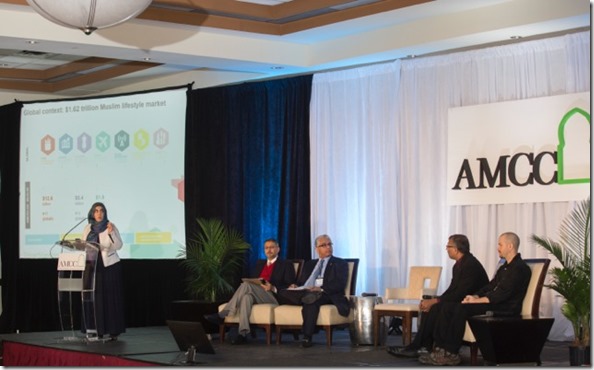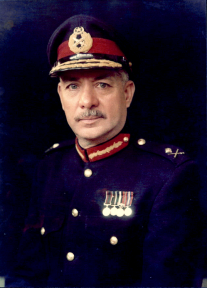Time Travel
 Time travel is the concept of moving between different points in time in a manner analogous to moving between different points in space, generally using a theoretical invention, namely a time machine. It has a commonly recognized place in philosophy and fiction, but has a very limited application in real world physics, such as in quantum mechanics or wormholes.
Time travel is the concept of moving between different points in time in a manner analogous to moving between different points in space, generally using a theoretical invention, namely a time machine. It has a commonly recognized place in philosophy and fiction, but has a very limited application in real world physics, such as in quantum mechanics or wormholes.
Although the 1895 novel The Time Machine by H. G. Wells was instrumental in moving the concept of time travel to the forefront of the public imagination, non-technological forms of time travel had appeared in a number of earlier stories. Historically, the concept dates back to the early mythologies of Hinduism (such as the Mahabharata), Buddhism, and Islam through ancient folk tales. More recently, with advancing technology and a greater scientific understanding of the universe, the plausibility of time travel has been explored in greater detail by science fiction writers, philosophers, and physicists
There is no widespread agreement as to which written work should be recognized as the earliest example of a time travel story, since a number of early works feature elements ambiguously suggestive of time travel. Ancient folk tales and myths sometimes involved something akin to travelling forward in time; for example, in Hindu mythology, the Mahabharata mentions the story of the King Raivata Kakudmi, who travels to heaven to meet the creator Brahma and is shocked to learn that many ages have passed when he returns to Earth.
The Buddhist PÄli Canons also mention time moving at different pace, in the Payasi Sutta, one of Buddha’s chief disciples Kumara Kassapa explains to the skeptic Payasi that “In the Heaven of the Thirty Three Devas, time passes at a different pace, and people live much longer. In the period of our century, one hundred years, only a single day, twenty four hours would have passed for themâ€.
In Islam, there is some reference to time travel. The Quran tells about several individuals who go to sleep in a cave only to wake up after 309 years. There is also a reference about time variation where it states “one day for God (Allah) is one thousand years of what you (human beings) countâ€.
Another one of the earliest known stories to involve traveling forward in time to a distant future was the Japanese tale of “Urashima TarÅâ€, first described in the Nihongi (720). It was about a young fisherman named Urashima Taro who visits an undersea palace and stays there for three days. After returning home to his village, he finds himself 300 years in the future, when he is long forgotten, his house in ruins, and his family long dead.
Another very old example of this type of story can be found in the Talmud with the story of Honi HaM’agel who went to sleep for 70 years and woke up to a world where his grandchildren were grandparents and where all his friends and family were dead.
More recently, Washington Irving’s 1819 story “Rip Van Winkle†tells of a man named Rip Van Winkle who takes a nap on a mountain and wakes up 20 years in the future, when he has been forgotten, his wife dead, and his daughter grown up.
Sleep was also used for time travel in Faddey Bulgarin’s story “Pravdopodobnie Nebylitsi†in which the protagonist wakes up in the 29th century.
Another more recent story involving travel to the future is Louis-Sébastien Mercier’s L’An 2440, rêve s’il en fût jamais (“The Year 2440: A Dream If Ever There Were Oneâ€), a utopian novel in which the main character is transported to the year 2440. An extremely popular work (it went through 25 editions after its first appearance in 1771), it describes the adventures of an unnamed man who, after engaging in a heated discussion with a philosopher friend about the injustices of Paris, falls asleep and finds himself in a Paris of the future. Robert Darnton writes that “despite its self-proclaimed character of fantasy…L’An 2440 demanded to be read as a serious guidebook to the future.â€
16-11














2014
6,500 views
views
0
comments